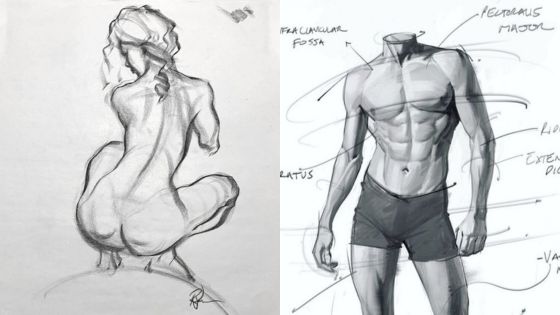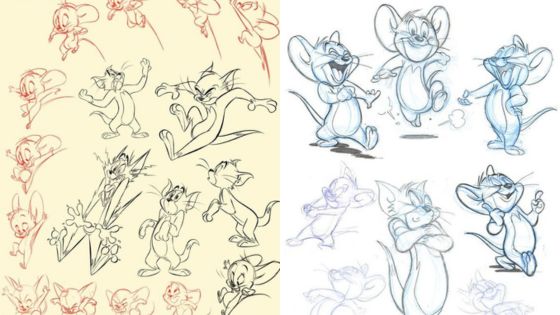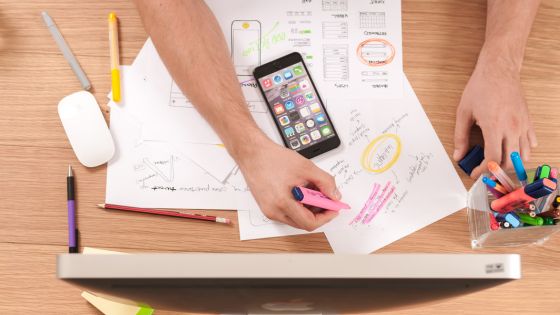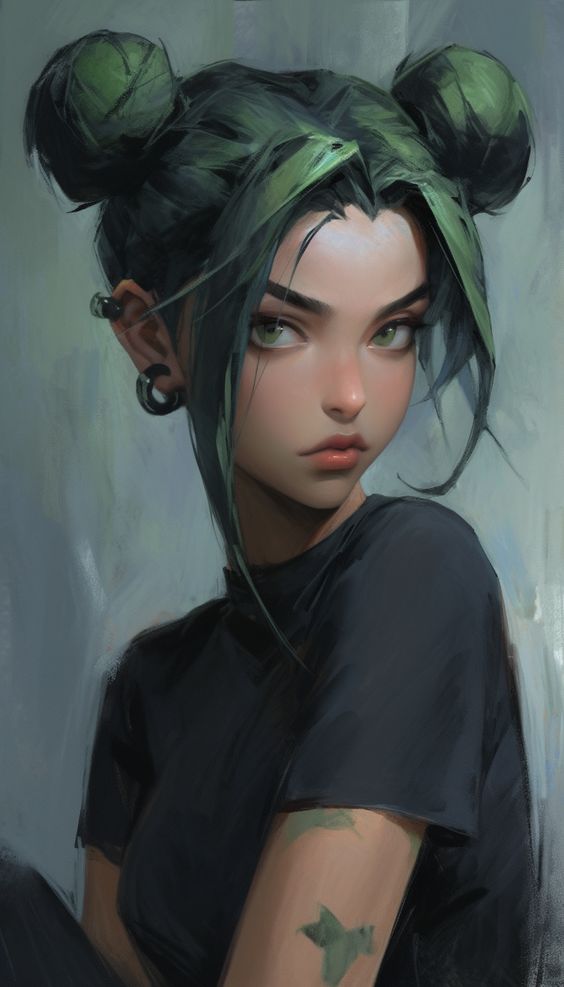
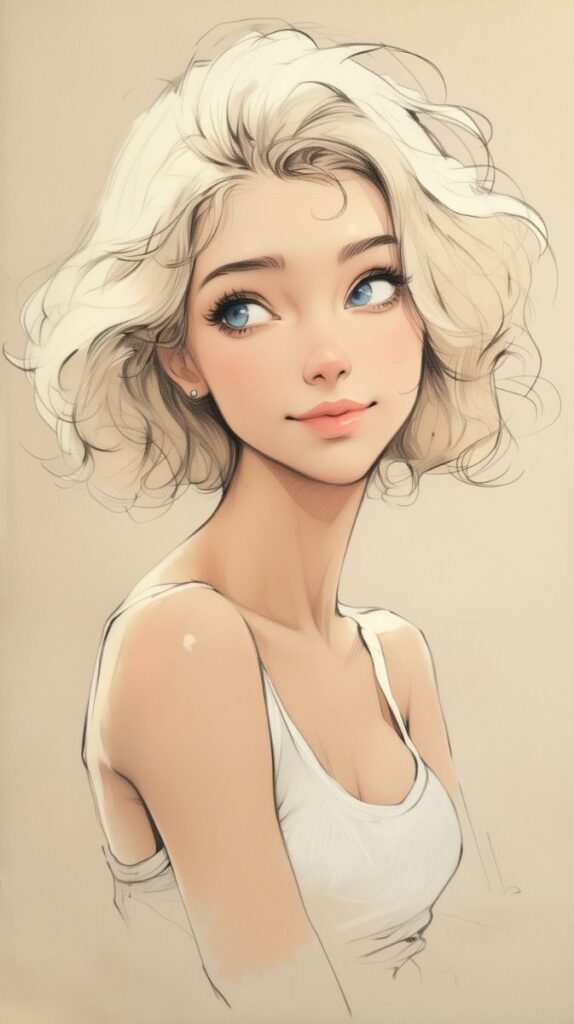
Drawing AI has emerged as a powerful tool that revolutionizes how people approach creativity and artwork. It combines the capabilities of artificial intelligence with traditional drawing methods, enabling users to create unique art pieces with ease. As technology advances, more artists and hobbyists are exploring this intersection of art and AI, resulting in an exciting surge of innovation and inspiration.
This blending of creativity and technology raises important discussions about the implications of AI-generated art on society, including authorship, originality, and commercial use. Understanding these dynamics allows individuals to navigate the complexities of using AI in their artistic practices. With an array of platforms available, anyone can engage in creating art through AI, regardless of their skill level.
The continuous development of drawing AI tools poses questions about the future of creativity and the art community. Ongoing advancements promise new opportunities and challenges, making it crucial for artists and enthusiasts to stay informed and adapt to this evolving landscape.
Key Takeaways
- Drawing AI combines technology and creativity to enhance artistic expression.
- There are various platforms available for creating AI-generated artwork.
- Understanding the implications of AI art is essential for navigating future developments.
Understanding Drawing AI
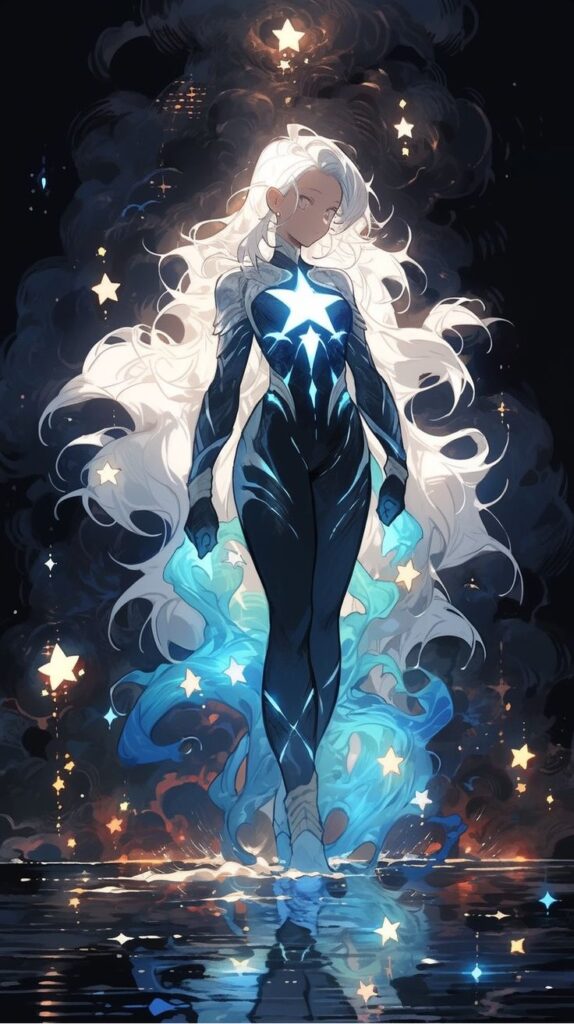
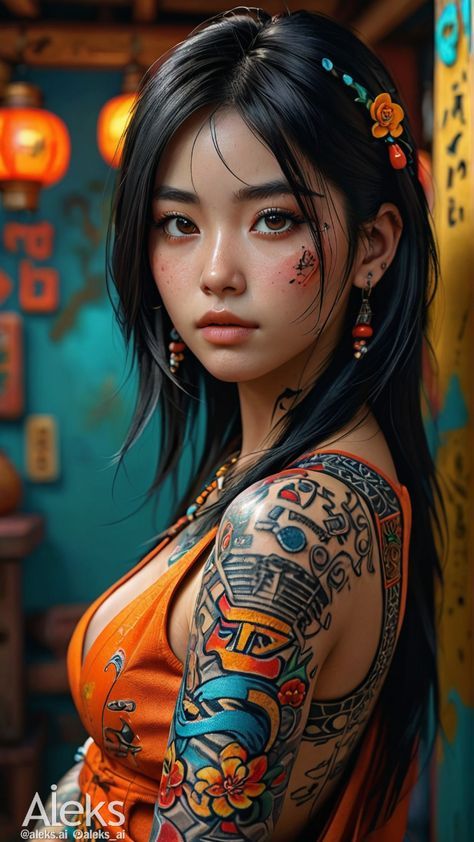
Drawing AI represents a convergence of technology and creativity, utilizing sophisticated algorithms to generate art. This section will cover the history of AI in art and the fundamental principles behind machine learning and AI models.
History of AI in Art
The intersection of AI and art began to gain traction in the 1960s with early experiments in algorithmic art. These initial projects laid the groundwork for more complex systems that emerged in the 1980s and 1990s, utilizing basic computing power to create visual content.
The advent of Generative Adversarial Networks (GANs) in 2014 marked a significant milestone. GANs consist of two neural networks: a generator and a discriminator. The generator creates images while the discriminator evaluates them against real images. This back-and-forth process leads to increasingly sophisticated outputs.
Today, AI art generators can produce intricate artworks in various styles, blurring the lines between human and machine creativity. Artists and technologists collaborate, exploring the capabilities of these tools in contemporary art.
Fundamentals of Machine Learning and AI Models
Machine learning forms the backbone of many drawing AI applications. This subset of AI focuses on training models to make predictions based on data. It employs algorithms to identify patterns in large datasets, which is essential for generating realistic art.
AI models utilize techniques like supervised learning and unsupervised learning. In supervised learning, models are trained on labeled datasets, where input-output pairs guide learning. Conversely, unsupervised learning involves discovering hidden patterns in unlabeled data.
Deep learning, a more advanced subset of machine learning, leverages neural networks with multiple layers. These models can analyze and synthesize complex images, allowing for higher quality and detail in outputs. By continually refining their processes, these models improve over time, leading to more innovative artistic expressions.
AI-Generated Art Explained
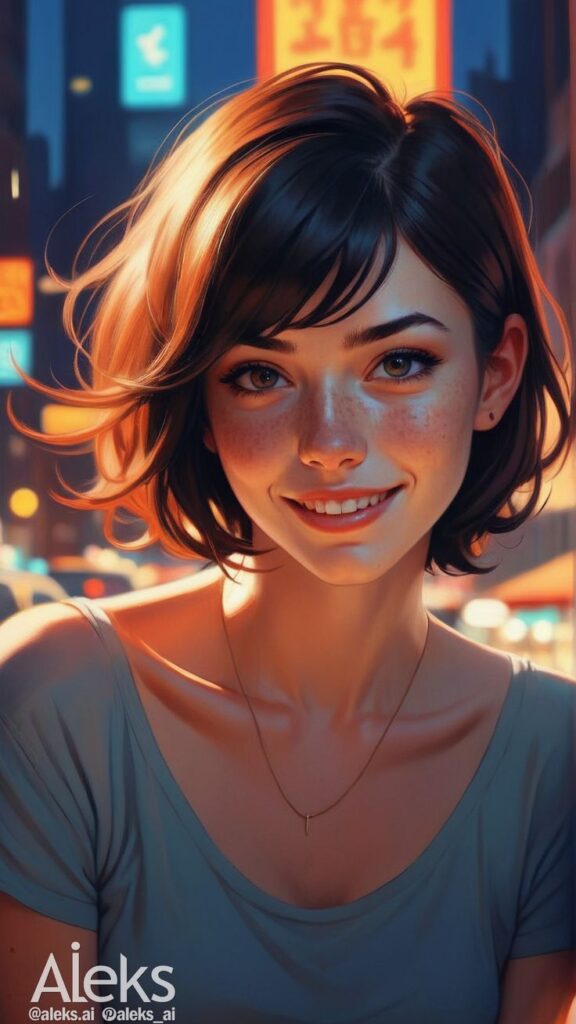
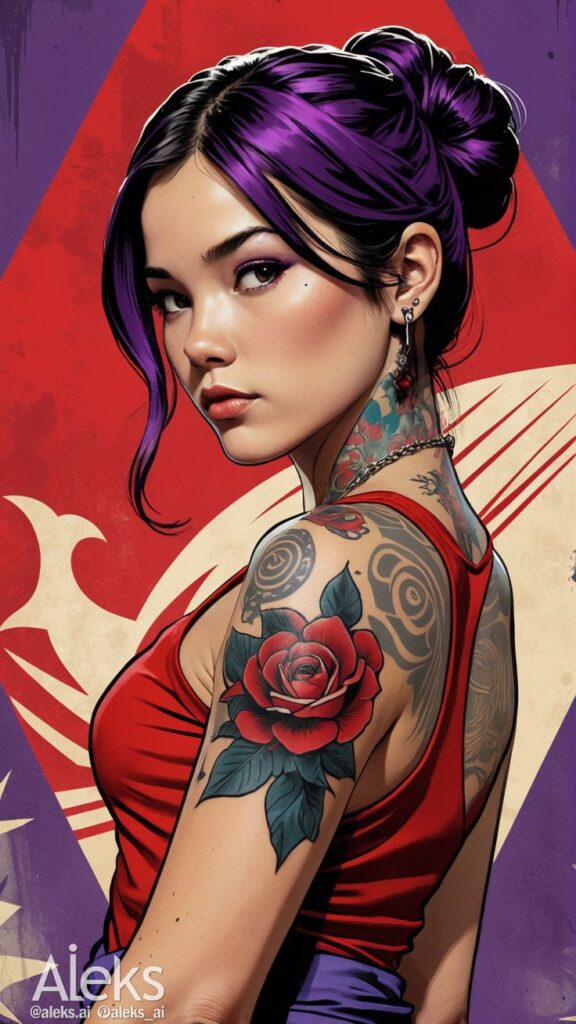
AI-generated art refers to artwork created using artificial intelligence algorithms. This technology involves varying styles and techniques and typically transforms textual descriptions into visual representations.
Styles and Techniques
AI art encompasses a range of styles, influenced by existing artistic movements. Popular styles include:
- Realism: Captures details and life-like images.
- Impressionism: Focuses on light and color, often creating softer images.
- Abstract: Emphasizes shapes and colors, conveying ideas without clear subjects.
Techniques used in AI art generation vary from neural networks to generative adversarial networks (GANs). For instance, GANs create images by pitting two networks against each other, refining their outputs through iterative processes. Such diversity in styles and methods allows artists to blend traditional and modern elements in unique ways.
From Text Prompt to Image
Transforming text prompts into images involves several advanced AI models. Users provide specific descriptions, guiding the AI’s creation process. Prompts can be straightforward or complex, affecting the final artwork’s quality.
AI tools like Clip interpret language and concepts to visualize ideas. The AI breaks down the prompt, linking words to visual elements. It then generates illustrations that reflect the described themes or emotions. This capability showcases AI’s role as both a tool for creativity and a collaborator, expanding the horizons of artistic expression.
Popular Drawing AI Tools and Platforms
There are various AI tools and platforms available that cater specifically to drawing and art generation. These tools incorporate advanced models like Stable Diffusion and different subscription options, making art creation accessible to many users.
Comparison of AI Art Generators
Several AI art generators are popular among creators today. Tools like DALL-E, Midjourney, and Artbreeder offer unique functionalities:
- DALL-E: Known for its ability to create detailed images from textual descriptions, making it versatile for multiple styles.
- Midjourney: Often praised for its artistic flair, it generates aesthetically pleasing and imaginative outputs.
- Artbreeder: This tool allows users to blend images and adjust parameters, fostering creativity through interactivity.
Each tool has specific strengths, catering to different artistic needs, such as realism, abstraction, or collaboration. Pricing can vary, with some requiring subscriptions for full access to features.
Highlights of Stable Diffusion Technology
Stable Diffusion is a significant advancement in AI drawing tools. This technology enables high-quality image generation at lower costs and with greater speed than traditional models.
Key features of Stable Diffusion include:
- Text-to-Image Generation: Users can input descriptive phrases, and the model transforms them into visual art.
- Customization Options: Artists can refine images by adjusting various parameters, allowing for a personalized touch.
- Open Source: Being open source promotes community collaboration, leading to rapid improvements and diverse applications.
These advantages make Stable Diffusion a leading choice for both amateur and professional artists looking for innovative art-making possibilities.
How to Create With Drawing AI
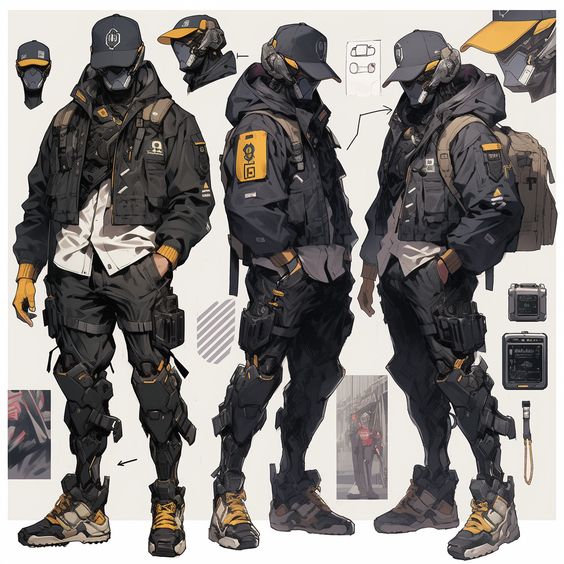
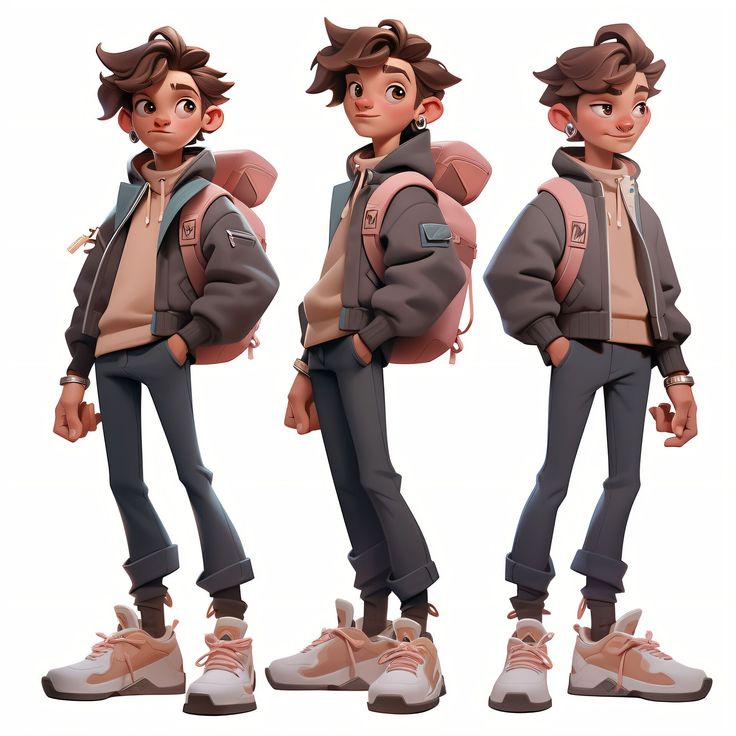
Creating art with drawing AI combines straightforward processes with opportunities for customization. Understanding the essential steps and how to fine-tune settings leads to the best outcomes.
Step-by-Step Process
Select the AI Tool: Choose an appropriate drawing AI software that aligns with the desired style and features. Popular options include DALL-E, Midjourney, and Artbreeder.
- Write Image Prompt: Write a detailed image prompt to inform the AI about the content you want to generate. If you’re unsure how to craft the prompt, you can find reference images and use an Image to Prompt tool to generate prompt ideas.
Set Initial Parameters: Input basic parameters such as type of art, color schemes, or themes. This helps the AI understand the user’s vision.
Generate the Artwork: Using the tool, initiate the generation process. The AI will analyze the inputs and produce various iterations.
Review and Choose: After generation, assess the different outputs. Select the most appealing designs for further work.
Save and Export: Finally, save the chosen artwork in the desired format for use or sharing.
Customization and Fine-Tuning
Customization enhances the artwork’s uniqueness. Drawing AI tools often include specific settings for refinement.
Adjusting Settings: Users can modify parameters like brush strokes, textures, or styles. This directly affects the visual outcome.
Learning Through Experimentation: It is beneficial to experiment with different styles and settings to understand how changes influence results. Trial and error can lead to discovering unique techniques.
Fine-Tuning Outputs: After generating art, adjustments can be made. Users can utilize tools to refine details like color balance or line clarity.
Personal Touch: Adding personal elements or modifying with traditional art techniques can significantly enhance the AI-generated pieces.
Using these methods, creators efficiently harness drawing AI’s capabilities while infusing personal creativity into their art.
Commercial Use and Legal Considerations
Commercial use of AI-generated drawings raises important legal and ethical questions. Understanding copyright and attribution is crucial, as is the knowledge of AI’s intellectual property policies.
Understanding Copyright and Attribution
Copyright applies to original works, including those created by AI. If an AI tool generates an image, determining ownership can be complex. The creator of the AI software may hold rights, or the user may retain some level of ownership depending on the terms of service.
Attribution policies vary widely. Some AI platforms require users to credit the software, while others do not. Users should review the specific guidelines of the AI tool used to avoid potential legal issues. A lack of attribution can lead to allegations of infringement, which could result in legal consequences.
AI’s Intellectual Property Policy
AI companies often establish clear policies regarding the commercial use of their outputs. These policies generally outline permissible activities such as selling artwork or using AI-generated images in advertising. Some AI platforms may enforce a zero-tolerance policy against misuse.
Regulations may also dictate specific licensing fees for commercial purposes. Users must be aware of these requirements to avoid infringing on intellectual property rights. Consulting a legal expert can be beneficial when navigating these policies, especially if planning to monetize AI-generated content.
The Impact of Drawing AI on Society
Drawing AI significantly influences various domains such as design and art, reshaping how creators approach their work. The technology enhances imagination and innovation while stirring discussions about the essence of creativity in art.
Revolutionizing Design and Concept Art
AI art tools are transforming traditional design and concept art methods. Designers now harness the power of algorithms to generate unique visuals, streamlining the creative process.
Key advantages include:
- Efficiency: Rapidly produces numerous iterations, allowing for quicker project turnarounds.
- Inspiration: Provides fresh ideas that might not occur to the human mind.
- Collaboration: Fosters collaboration within the community, merging human creativity with AI capabilities.
As a result, professionals can focus more on refining concepts rather than initial drafts, pushing the boundaries of creativity.
The Debate on Creativity and AI
The rise of drawing AI invites scrutiny about its role in creativity. Critics express concern that reliance on AI may dilute the intrinsic human touch in art.
Key points of contention include:
- Imagination vs. Replication: Can AI generate true art, or is it merely replicating existing styles?
- Ownership: Who owns the art created using AI? The programmer, the user, or the AI itself?
- Community Transformation: The role of artistic communities is evolving as creators integrate AI into their workflows.
This debate questions the fundamental nature of creativity while illustrating how technology shapes artistic expression in contemporary society.
Diverse Applications of Drawing AI
Drawing AI finds utility across various domains, significantly impacting areas like game development, personalized avatar creation, and education. Each application leverages AI’s capacity to generate unique visual content, enhancing creativity and engagement.
AI for Game Development
In game development, AI contributes to creating immersive environments and characters. Developers can use AI art generators to design landscapes and character models efficiently.
This technology enables the production of realistic textures and dynamic animations, saving time and resources. With AI, designers can experiment with diverse visual styles, making games more appealing.
Furthermore, AI can assist in generating randomized assets, ensuring that each player’s experience remains unique. The integration of AI helps transform the imagination into tangible game elements, enriching gameplay and user interaction.
Creating Personalized Avatars and Art
The rise of AI allows users to create personalized avatars and artworks tailored to their preferences. Platforms utilizing AI art generators empower individuals to design unique representations for social media or gaming.
Options like customizable features such as hairstyles, clothing, and accessories offer flexibility and creativity. This personalization fosters a sense of identity and investment in digital spaces.
Additionally, AI enables non-artists to produce high-quality visuals quickly, encouraging broader participation in creative activities. This blend of technology and creativity not only enhances self-expression but also makes art more accessible to everyone.
Innovating with AI in Education
AI’s role in education seeks to revolutionize visual learning experiences. Tools that generate drawings and illustrations can help educators present complex concepts in an engaging manner.
Visual aids created through AI cater to diverse learning styles, making topics more accessible for students. This method encourages imagination and critical thinking while simplifying information processing.
Moreover, AI can be instrumental in artistic education, allowing students to experiment with styles and techniques without the traditional barriers of skill. As learners engage with AI-generated art, they can explore creativity with less pressure, fostering a more positive learning environment.
Drawing AI Community and Sharing
The Drawing AI community thrives on collaboration and interaction among artists and enthusiasts. By connecting through various platforms, members can share their artwork, techniques, and insights, fostering a vibrant ecosystem.
Building a Network of AI Artists and Enthusiasts
Platforms like Discord, Reddit, and Twitter serve as hubs for AI artists and fans. These platforms facilitate direct communication, allowing individuals to share their experiences and techniques.
Key strategies for networking include:
- Joining specific groups focused on AI art.
- Participating in challenges to promote engagement.
- Attending virtual meetups or webinars to exchange ideas.
In these spaces, artists can receive constructive feedback and establish friendships, enriching their creative journeys. Collaborations often arise from these interactions, opening doors to new opportunities and perspectives.
Sharing AI-Generated Art Safely and Respectfully
Sharing AI-generated art requires mindfulness regarding copyright and ethics. Creators should credit original sources, especially if using established styles or datasets.
Best practices for sharing include:
- Using appropriate licenses on shared works.
- Adhering to community guidelines on platforms.
- Being transparent about the tools and techniques used.
Respectfully engaging with other artists, asking for permission when necessary, fosters a supportive environment. By prioritizing clarity in one’s sharing practices, individuals can contribute positively to the broader AI art community, encouraging growth and collaboration.
Advancements and Future Trends in Drawing AI
Recent developments in drawing AI leverage innovative algorithms to enhance creativity and efficiency. The evolution of technology continues to shape its applications and potential future directions.
Emerging Algorithms and Techniques
Generative Adversarial Networks (GANs) are at the forefront of advancements in drawing AI. These algorithms consist of two neural networks competing against each other, which results in high-quality art generation.
Key Techniques:
- Style Transfer: This technique allows AI to apply the style of one image to another, fostering artistic creativity.
- Neural Doodling: This method interprets simple sketches and generates detailed artwork, expanding the artistic possibilities for users.
Researchers are also exploring reinforcement learning, enabling AI to improve through feedback. The integration of these algorithms enhances the quality and diversity of AI-generated artwork.
The Future of AI Art Generation
The future of AI art generation suggests a shift towards more collaborative and interactive experiences. Innovations will likely include real-time art creation where users can engage with AI as co-creators.
Trends to Watch:
- Personalized Art Creation: AI may tailor art pieces to individual preferences, influenced by user data and feedback.
- Augmented Reality (AR) Integration: This will enable users to visualize AI-generated art in various environments, enhancing the immersive experience.
As imaginative capabilities increase, AI will inspire new forms of artistic expression, redefining traditional concepts of creativity. The synergy between human imagination and AI innovation promises a vibrant future for the art world.
Frequently Asked Questions
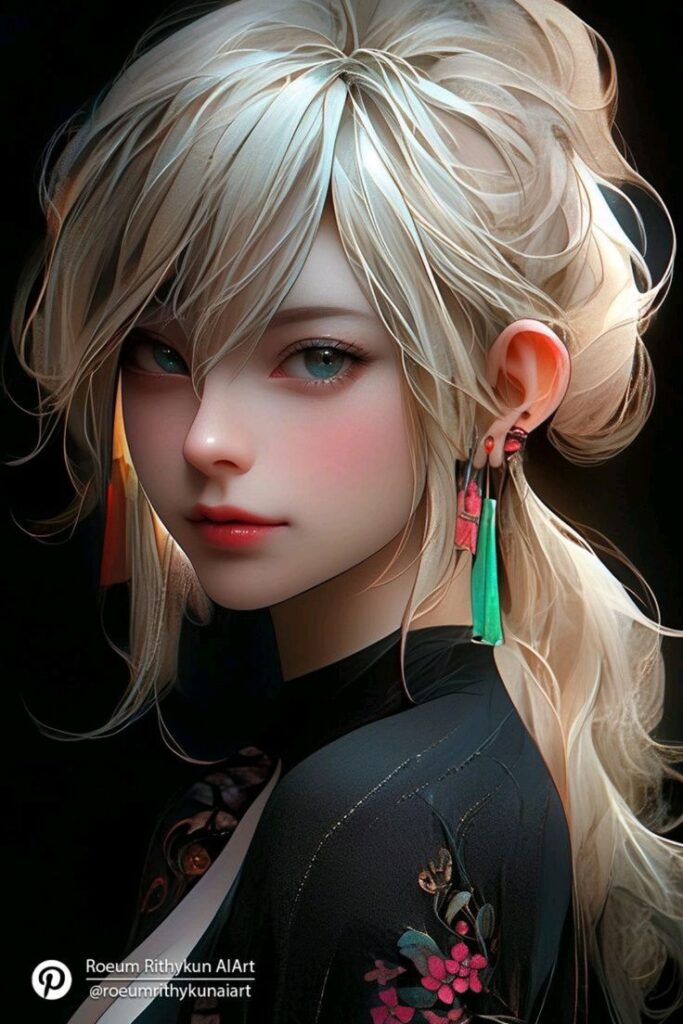

This section addresses common inquiries related to AI-powered drawing, covering various applications, photo conversions, cost-free options, legal concerns, content suitability, and differences from traditional methods.
What applications allow for AI-powered drawing capabilities?
Several applications offer AI-powered drawing capabilities. Tools like DALL-E, Midjourney, and Artbreeder enable users to create unique artwork based on prompts or images. These platforms leverage neural networks to generate diverse artistic styles and interpretations.
How can I convert my photos into artwork using AI?
To convert photos into artwork, users can utilize platforms such as DeepArt or Prisma. These applications apply artistic filters or neural network techniques to transform standard images into styles reminiscent of famous artists. User-friendly interfaces allow for easy uploads and customization.
Are there any cost-free solutions for generating art with AI technology?
Yes, there are cost-free solutions for generating art with AI. Websites like DeepAI and PaintsChainer offer free tools where users can create artwork using AI algorithms. While these platforms may have limitations, they still provide valuable resources for experimentation.
What legal considerations are there when using AI-generated artwork?
Legal considerations for AI-generated artwork include copyright issues and ownership rights. Users should understand that the laws surrounding AI art are still evolving. It is essential to verify the terms of service for each platform regarding the usage and distribution of generated pieces.
Can AI be used to create art intended for mature audiences?
AI can be programmed to create art intended for mature audiences. Specific algorithms can generate content that is more explicit or thematic. However, users must be mindful of the platforms’ policies regarding mature content, as restrictions may vary.
How does AI in art creation differ from traditional drawing methods?
AI art creation differs from traditional drawing methods in its reliance on algorithms and data instead of manual skill. While traditional artists rely on their techniques and emotions, AI uses patterns and existing artwork to generate new pieces. This technological approach allows for rapid production and unique creativity.
- 1.0Kshares
- Facebook0
- Pinterest1.0K
- Twitter3
- Reddit0
